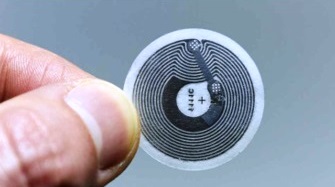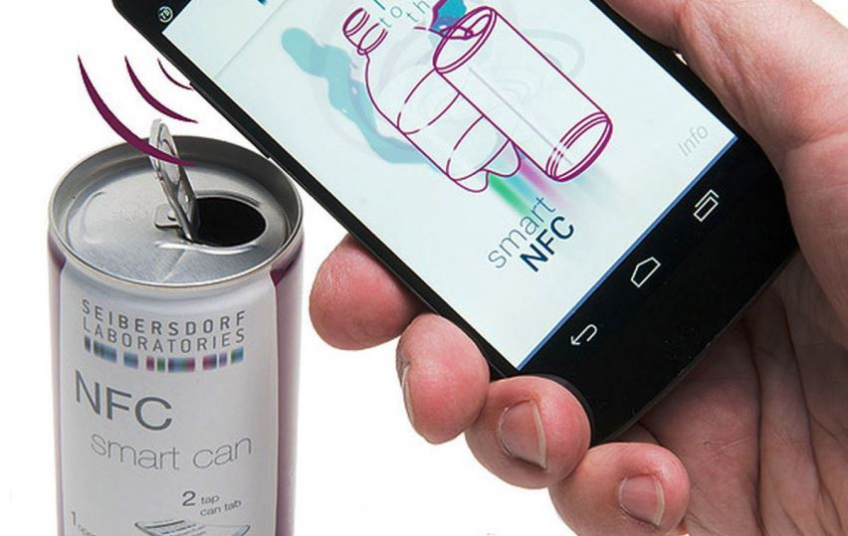
A new revolution is taking place when it comes to smart drug packaging. In recent years, drug companies are finding new ways to package our medical needs in a safe, more reliable packaging. There are many concerns about this change on our packaged supplies. One concern is counterfeiting. According to the Government Accountability Office, there are more than 36,000 “rogue” internet pharmacies channeling about $75 to $200 billion in counterfeit drugs. This accounts for half of all the drugs sold in many low-income countries. Another concern for the change of how a drug is packaged is due to customer adherence. Customer adherence is the ability for the customer to deviate from the prescribed medication instructed by the doctor. An example is if a customer does not adhere to the daily regimen of the prescribed medication. This major problem causes about 33% of medicine-related hospitalization and about 125,000 deaths per year in the United States.
What is Smart Drug Packaging?
Smart drug packaging is defined as a type of packaging that serves its purpose over containment and protection. With all the new biologic and speciality pharmaceutical products, pharma companies need to ensure that the goods are handled, stored, and transported in optimal conditions to safeguard the drug product. Drug products that are not stored at the correct temperature can be damaged and can even be dangerous for human consumption. Smart packaging can be used to encourage adherence to the prescription instructions and provide patients with additional information to assure that the drug is being taken on time. Some smart drug packaging that is under development is the following:
- Oxygen scavenging
- Anti-microbial
- Ethylene scavenging
- Heating/cooling
- Odor and flavor absorbing/releasing
- Moisture absorbing
- Time-temperature history
- Microbial growth indicators
- Light protection (photochromic)
- Physical shock indicators
- Leakage, microbial spoilage indicating
- Safety of Children
A particular rise in smart packaging was due to the safety of children. When cannabis-based medicinal products were introduced to the market, they became one of the main drivers to design child-resistant packaging. The issue is that if a child ingests large quantities of concentrated cannabis oil, the impact may be life-threatening. Currently, the best practice to reduce the risk is to add more adhesive labels and other tamper-resistant packaging.
Microtext Drug Labels

Microtext is a printed security feature. It is so small that a magnification device is needed. It, however, can be detected with naked eyes. Words, phrases, sequential numbers, part numbers, and more can be printed in one or multiple locations on a label to prevent recreation.
Hologram Drug Labels

Hologramming is one of the more common methods to prevent counterfeiting. They are exceedingly difficult to copy and can be produced on labels, seals, and patches.
Thermochromic Labeling
Thermochromic labeling is a kind of packaging that gives off a thermal sensor to indicate the package is at the right temperature for use or for storage. For example, the sensor can indicate a red color to imply that the packaging is out of the range for consumption.
Near Field Communication Antennas

Near Field Communication Antennas (NFC) are low-cost printed sensors that are embedded into packages. These NFC antennas are powered by induction, which can be remotely read by mobile phones or scanning devices within a particular range. This type of smart packaging can provide important information and monitor the conditions during its journey through the supply chain. Right now, once the package leaves the manufacturer, there is no visibility to the integrity of the product by the time it arrives at its destination. The incorporation of these sensors helps monitor environmental conditions, such as temperature, shock, and humidity in real-time to provide evidence of quality. A great benefit of this is to help reduce the risk of harm from improperly packaged goods, expired products, and improper use.
Easier to Open Packaging
A recent study conducted in the UK showed that back in 1997, over 90,000 accidents requiring hospital treatment were packaging related. Developments in low peel-force adhesives and structures, even self-opening packaging have been established by now. For example, memory alloys, such as the metal ‘rubber’ band, have been added to many pharmaceutical packaging developments.
Market Growth
The global smart packaging market was valued at $10.8 billion in 2015 and is expected to reach $26.7 billion by 2024, with a compound annual growth rate (CAGR) of 10.6% from 2016 to 2024. Active packaging accounted for over 70% of the market because of its superior oxygen and moisture control properties (shelf-life improvement). Other key driving forces behind smart packaging are safety and brand protection. Some major companies that help the industrial growth of smart drug packaging are Mondi, FreshPoint, and Amcor. Mondi developed an innovative antimicrobial packaging solution that prevents germ growth, inhibits mold and odors, and increases shelf life and product freshness. FreshPoint developed a visual indicator that signals the end of the product’s secondary shelf-life. Amcor developed a powerful coding system that offers real-time brand protection and targeted consumer engagement.
Growing Concerns over New Aged Packaging
There are some concerns about creating new smart packaging with the amount of additional waste it will cause. Some say with the more elaborate and attractive packaging, the cost of the product will go up and the possible mistrust/confusion of the new technology. For example, the increase in cost will drive negative feedback to the consumer market. This will re-create the non-adherence problem. A second example is the viability indicator of the medication. Once the indicator displays the icon of disposal, there is no way to tell if the consumer will throw it out or continue to use the regimen.
References:
The Future of Pharma Packaging Looks Smart | Packaging World (packworld.com)
Smart packaging in drug development: The disconnect in clinical trials | Healthcare Packaging
Finally! A ‘Smart Packaging’ Solution for Poor Medication Adherence (logpac.com)
A smart approach to pharmaceutical packaging that adds value | CPI (uk-cpi.com)
Smart Packaging - Intelligent Packaging for Food, Beverages, Pharmaceuticals and Household Products (azom.com)
Hologram and Microtext Drug Labels Deter Counterfeits | Healthcare Packaging
Keeping OTC Pharmaceutical and Supplement Packaging Secure (dionlabel.com)
Major Industry Trends Impacting Pharmaceutical Packaging (datexcorp.com)


































